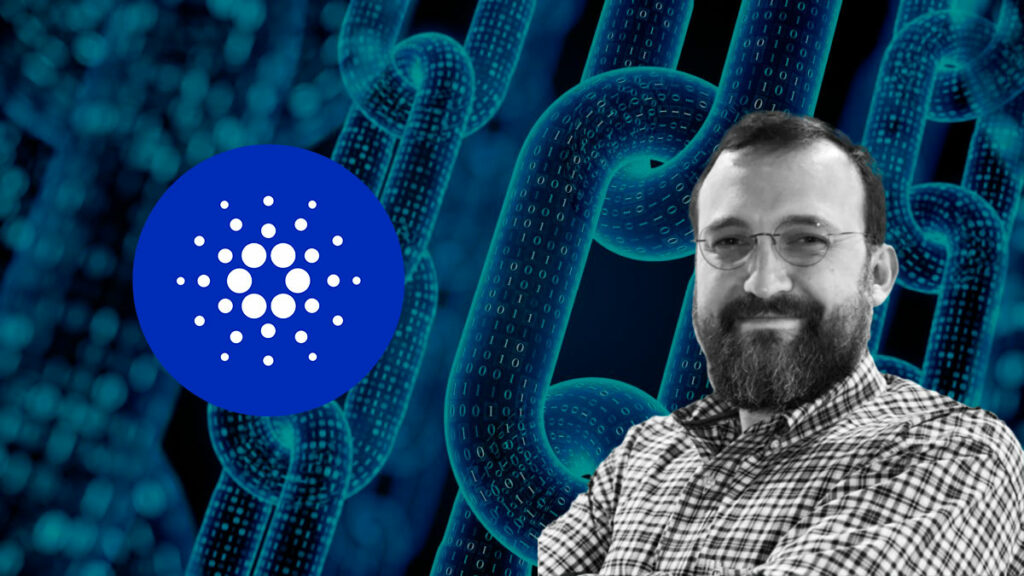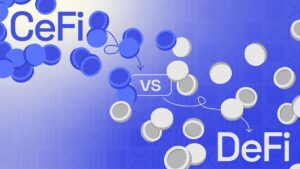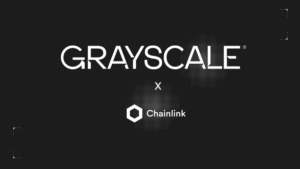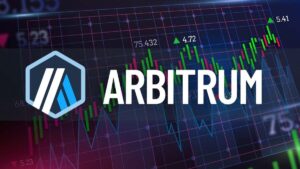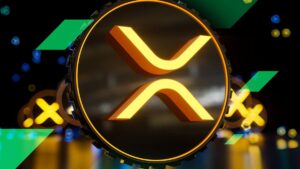TL;DR
- Hoskinson about Decentralized Governance: The Chang Hard Fork introduces a new governance structure, empowering ADA holders to elect representatives and vote on key proposals, shifting control from Cardano’s founding entities to the community.
- Staking Rewards: ADA holders will not lose staking rewards; they can participate in governance by voting, abstaining, or delegating their voting power, ensuring staking remains integral to Cardano.
- Future Developments: The Voltaire era focuses on full decentralization, with plans for “Cardano 2” to be unveiled in October, aiming to enhance the platform’s features and governance model.
The Cardano blockchain has recently undergone a significant transformation with the implementation of the Chang Hard Fork. This upgrade marks a pivotal shift towards decentralized governance, empowering ADA token holders with greater control over the network’s future.
To clarify, a user to withdraw staking rewards from the network has to choose one of three options: a vote of no confidence, abstain, or delegate to a drep. Wallets like lace will in the UX automatically choose abstain if a user selects delegation only thereby simplifying the…
— Charles Hoskinson (@IOHK_Charles) September 5, 2024
Charles Hoskinson, the founder of Cardano, has been vocal about the implications of this upgrade, emphasizing its impact on staking and governance. The Chang Hard Fork introduces a new governance structure that includes three user-led bodies: the Constitutional Committee, Delegate Representatives (dReps), and Stake Pool Operators (SPOs).
This shift means that the power to initiate upgrades or hard forks no longer resides with Cardano’s founding entities but is now in the hands of the community. ADA holders can elect governance representatives and vote on crucial development proposals, making Cardano one of the first major blockchains to implement a token-based governance system.
Hoskinson has clarified that ADA holders will not lose their staking rewards due to the new governance model. Instead, they have the option to participate in governance by voting, abstaining, or delegating their voting power to a dRep.
This ensures that staking remains a vital part of the Cardano ecosystem while enhancing community involvement in decision-making processes.

The Voltaire Era and Hoskinson’s Future Plans
The Chang Hard Fork marks the beginning of Cardano’s Voltaire era, a phase focused on achieving full decentralization. This era will see the complete implementation of the new governance model over the next 90 days, with the Interim Constitutional Committee temporarily overseeing governance to ensure a smooth transition.
Hoskinson has also hinted at future developments for Cardano, including a vision for “Cardano 2,” which he plans to unveil in October. This vision aims to introduce potential improvements and directions for the Cardano ecosystem, further solidifying its position as a leading blockchain platform.
Comparing Cardano and Bitcoin
In a recent statement, Hoskinson claimed that Cardano “makes Bitcoin pale in comparison,” sparking debate within the crypto community.
While Bitcoin supporters argue that its simplicity and focus on security are its greatest strengths, Hoskinson believes that Cardano’s advanced features and decentralized governance model offer a more robust and versatile platform.
At the time of writing, Cardano’s ADA token has gained nearly 2% in the last 24 hours, trading at $0.32. While it has dropped more than 10% during the week, the last 30 days have seen the token increase by 9%.
The Chang Hard Fork represents a significant milestone for Cardano, ushering in a new era of decentralized governance and community-driven development. As Cardano continues to evolve, its commitment to innovation and decentralization sets it apart in the rapidly growing blockchain space.


